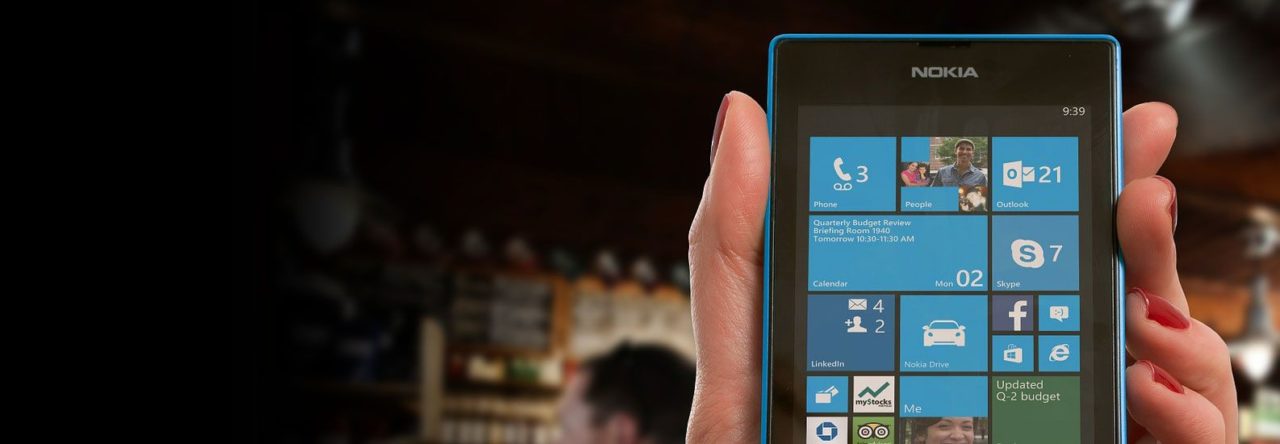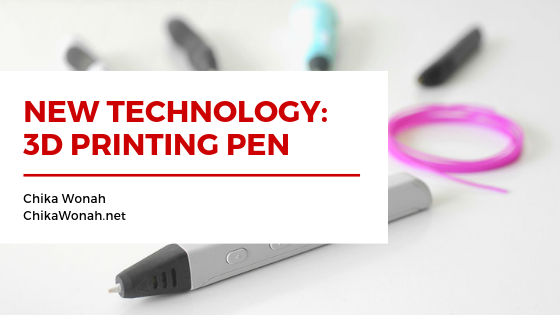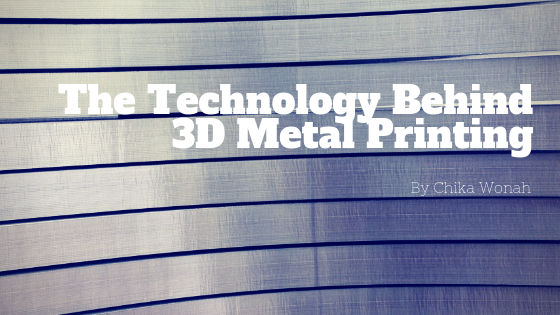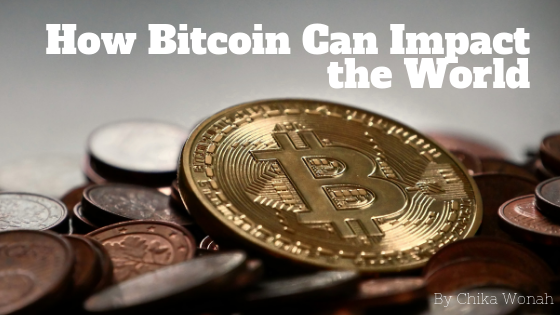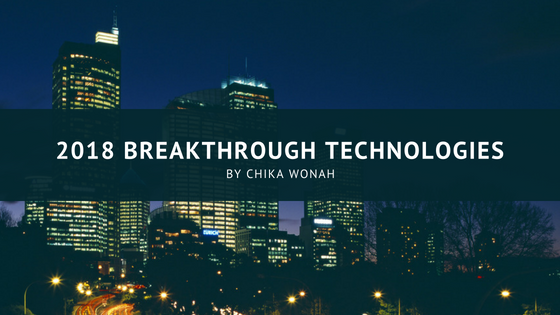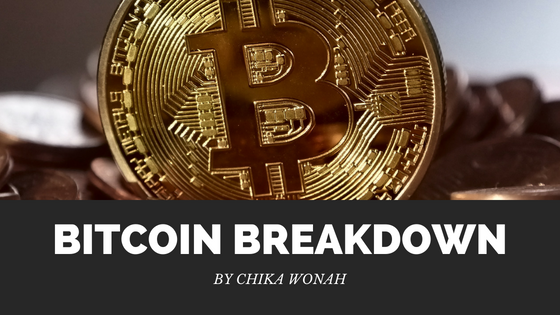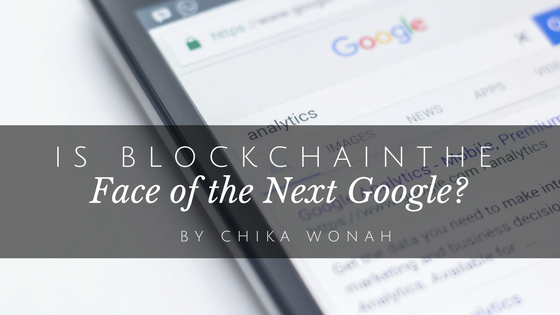New technology is always emerging and reaching new revolutions. Every day there are new products coming the market that was once believed to not be possible. Recently, a 3D printing pen hit the market and has taken the tech world by storm. The new product is perfect for all ages and is very easy to use:
What is a 3D Printing Pen?
The 3D pen was developed by 3Doodler and comes in a wide range of types, colors, and sizes. Each pen they have designed extrudes heated or warm plastic from the pen’s nozzle. The pen doesn’t require any software to work and there is no need to be a tech genius to be able to use it. A user simply thinks of something they would like to draw and get to work. They can use sketches or outlines to work with. All that is needed is a flat surface or paper to draw on. What makes the 3D pen truly unique is its ability to draw in midair to create 3D graphics and structures that users can pick up and hold in their hands once they’ve finished.
How it All Works
Inside the pen, there are plastic pushes that are able to feed plastic through the pen, melting it, and pushing the melted plastic out of a nozzle at the end of the pen. Depending on the type of material used, the pen can heat up at different temperatures. As the melted plastic leaves the pen, it is flexible and soft, which allows for an easy drawing. After a few seconds, the plastic hardens to create a 3D drawing. It becomes a stable and solid structure. From there, the imagination of the user takes over so they may create any design they can think of.
Materials Being Used
There are multiple materials used in the 3D pen that are interchangeable for the user. First-time drawers are encouraged to use ABS plastic, which is best for drawing in the air. The most popular material is PLA which is used for doodling on a surface and is very versatile. The most flexible material that keeps its flexibility after being dried is the FLEXY material. For more advanced material, there is WOOD, which made with real wood fiber and can be sanded when it has dried. The METAL material is made from real bronze and copper and can create sturdy and heavier structures. Finally, the NYLON material is very fabric-like and can be dyed to any desired color.
The 3D printing pen opens new doors to creativity. Users are able to bring designs to life and create whatever their imagination can think of.
